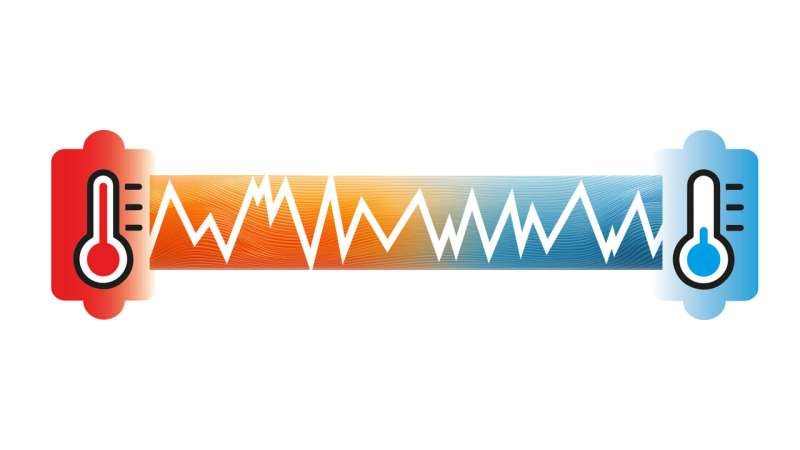In a new study that was funded by ERC, researchers have unraveled the fundamental limitations for the noise present in nanoscale heat engines and consequentially laid the groundwork to develop more efficient and stronger nanoelectronics components.

Exploiting Nanotech pros
From consumer electronics to energy production and more, nanotechnology could make a big impact. Materials manipulated at the nanoscale exhibit new and often improved properties, which can enable smaller, faster, and more energy efficient devices than would be possible under larger scale conditions.
One of the most important use of nanotechnology is the nanoscale heat engines capable of converting the waste heat into electrical power. These tiny devices, which make use of quantum mechanical phenomena and non-thermal effects, turn wasted heat found in many small to medium-sized electronics and systems into electricity.
But all of these devices are functioning at the nano level and come with one big problem, noise. It is difficult to place enough of these components into a very small area and fluctuations in electrical charges and thermal effects within the devices can interfere with their performance, which hampers the full potential of nanotechnology.
Decomposing the Noise-Power Tradeoff
A team of researchers at Chalmers University of Technology has now solved a problem that no one had previously cracked: what is the lower limit for the amount of fluctuations similar to noise in heat engines. Here, in a study published in Physical Review Letters, they reveal the essential trade-off between noise and power in these nanoscale devices.
The researchers say nanoscale thermoelectric heat engines perform most efficiently when exposed to large temperature variations. Nonetheless, these temperature fluctuations are something that already create a whole new dimension in the handling of noise.
The present work of the Chalmers team shows that there is indeed a fundamental limit to how much noise that impairs the functionality of these “engines.” As expected, they found that the more power you wanted the device to produce, the higher noise levels you’d have to tolerate. However, if you also want a lower noise level, you will have to go with less power.
The researchers describe this trade-off as an essential constraint on the accuracy of design for nanoscale thermoelectric devices. This knowledge can help drive design of more reliable and energy-efficient nanoelectronic systems by revealing the true interplay between noise and power in a realistic device that encompasses quantum characteristics.
Conclusion
Battery breakthrough: Backed by the prestigious research funding body, the Swedish Research Council Stand Up to safeguard a stable supply of energy, with Chalmers University — The research conducted in collaboration with the Technical School — It marks an important advance in efforts to realize the full potential of nanotechnology. Through illuminating the principle limitations of noise versus power in nanoscale thermal devices, they have offered an essential compass for the design of future nanoelectronics. This understanding will open the gates for creating smaller, faster and power efficient electronics and eventually leading towards a revolution in different sectors.
